Four Recipes for the Seasons
In the spring, the rhubarb plant in our garden explodes. It bursts through with thick magenta stalks and massive green leaves. Planted by the previous owner, who received a neighbor’s father’s plant clipping as a gift, this plant—legend has it—is over 25 years old. Rhubarb is known as a hearty and resilient plant that grows in both urban and rural settings. The first time I saw it, I knew it by its bright-pink stalks. My grandmother’s favorite dessert was strawberry rhubarb pie. So when it’s time, I harvest its stalks and host a neighborhood happy hour where the pie is the main event.
Strawberry Rhubarb Pie
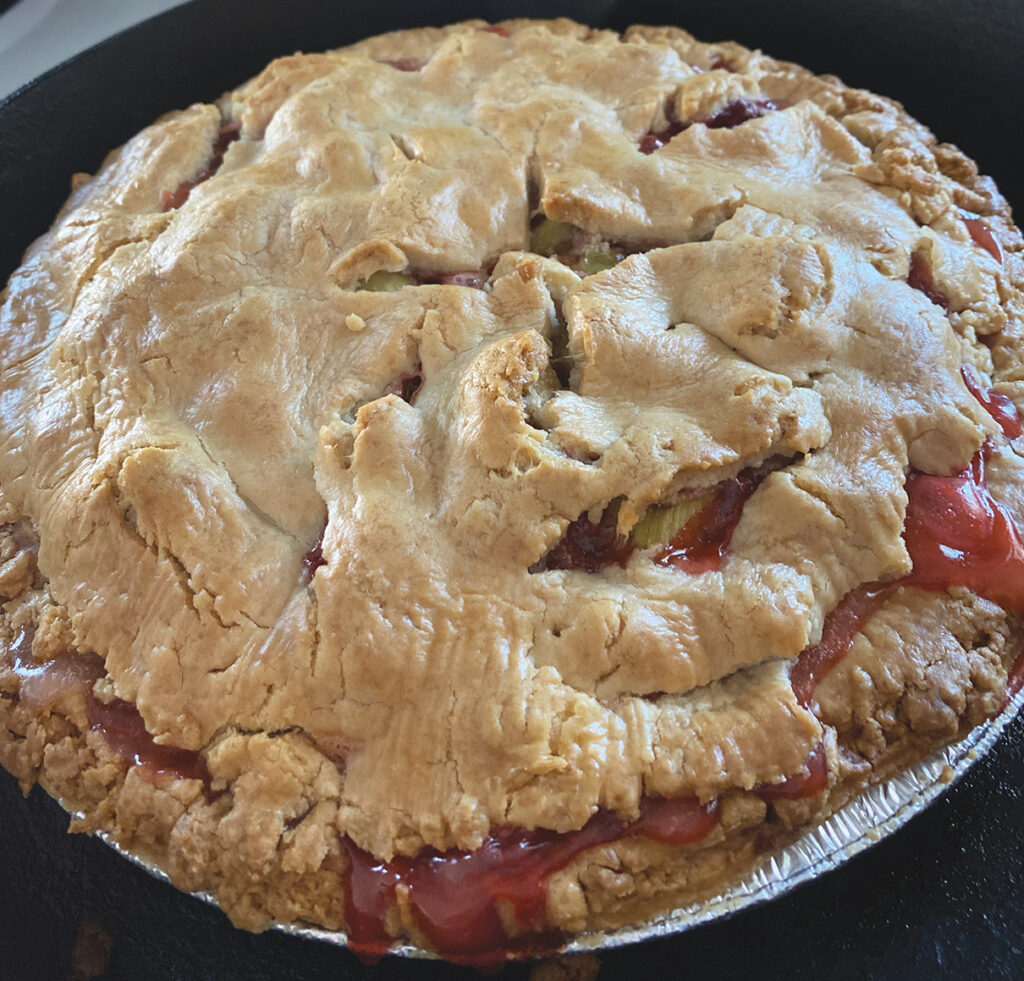
Store-bought pie crust saves the time and energy needed to host. Set it aside, and bring to room temperature. Remove rhubarb leaves (poisonous, if ingested), and chop rhubarb stalks. Cube unsalted butter. Corral your sugar, chopped strawberries, and orange juice (keep separate for now). Melt butter. Add to the Crockpot; layer in the rhubarb stalks and strawberries; then add juice. Stir in sugar. Cook in the Crockpot on low for several hours, or simmer on the stove top to expedite the process. Assemble pie crust in your pie tin. Decide whether you want to use the second crust as a lattice. Par bake the first crust. Remove from the oven, and add the rhubarb and strawberry mixture on top. Build your lattice. Put a light egg wash on top. Return to the oven. Bake until bubbly. Don’t burn the top.
It is at this time, right around Mother’s Day, that my neighbor and I also plant victory gardens. While the original victory gardens were planted as a wartime effort, we plant ours in celebration of our own winding paths as women. In my 20s and 30s, I wasn’t physically or mentally ready to be a mother and watched while many of those my own age started families. I was only able to accept a mothering role closer to my 40s when my now stepson’s birth mother moved away, handing over the joys and responsibilities of a full-time caregiver—just months before the COVID-19 pandemic emerged. Now, when I plant and tend, with my hands deep in the earth, I take space and time to honor, nurture, and reflect on the choices I have made and the choices that have been made for me as a Quaker woman. My neighbor and I plant different seasonal vegetables and share what grows between us throughout the summer. Meals together with our bounty happen often.
Bread and Butter Summer Pickles (adapted from my neighbor Sally)
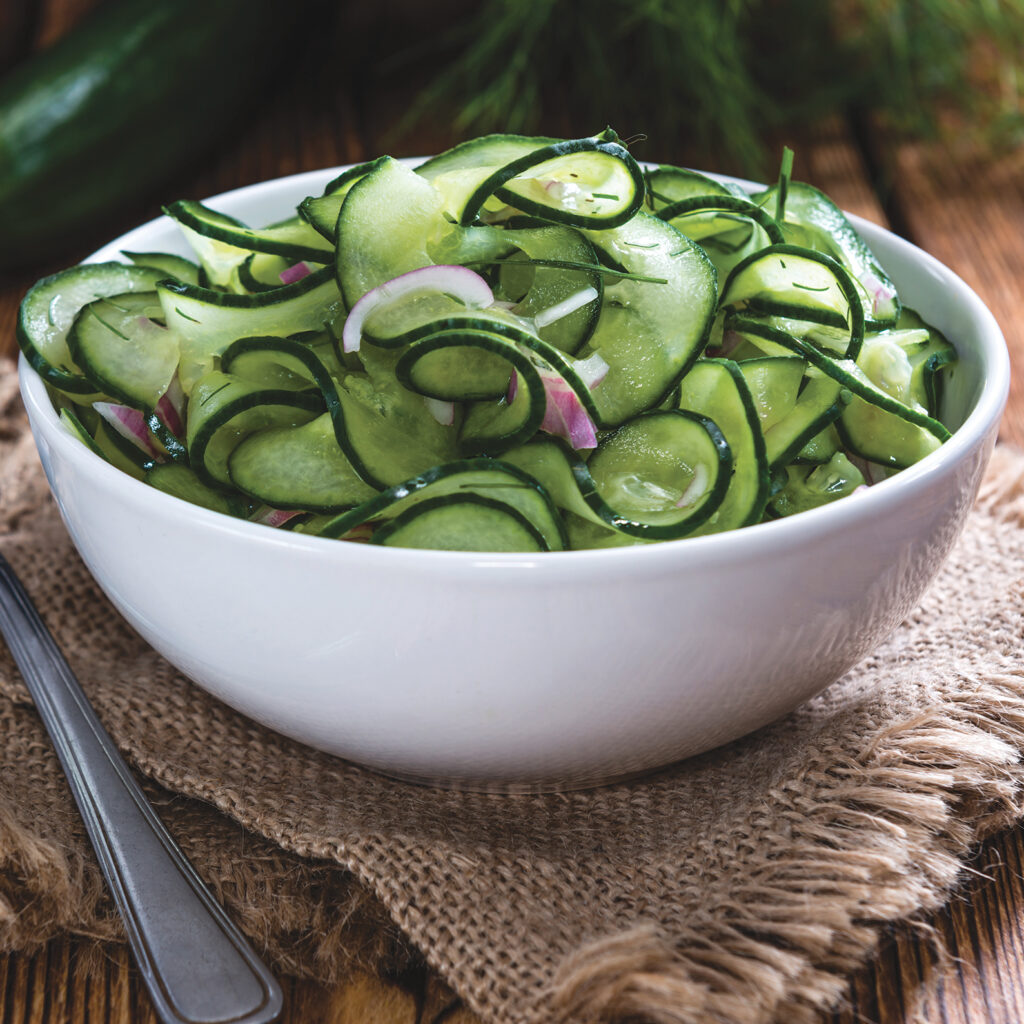
Take that whopper of a summer cucumber, and slice it thin. Follow with a similarly sliced red onion. Mix well with mustard seeds, white sugar, distilled white vinegar, celery seed, and ground turmeric. Simmer in your Crockpot on high for several hours or on the stove until the cucumber is tender and your onion is translucent. Transfer to sterile containers. Seal and chill in the refrigerator until serving. It is perfect as a topping for grilled salmon or a side salad.
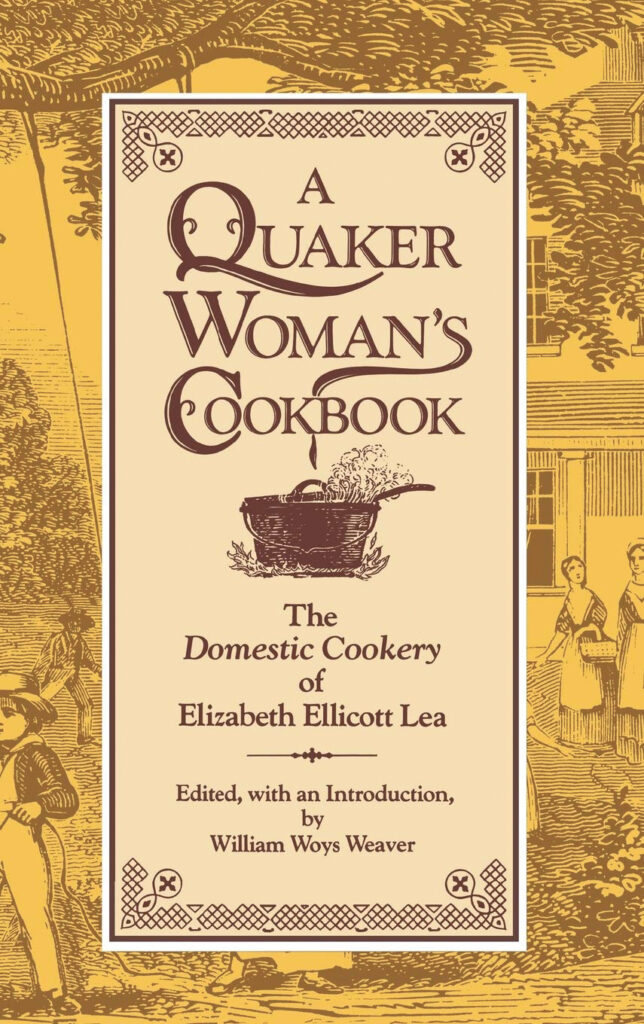
In the fall, I’ll get an “It’s miso season!” alert from Jon Watts. He used to make miso soup a lot when he worked at Friends Publishing. We’d swap recipes and popcorn over weekly viewing sessions of QuakerSpeak, sharing cooking techniques. I’ve held on to the miso soup recipe I adapted from then and make it two or three times during the colder months. My recipe looks a lot like the recipes from Elizabeth Ellicott Lea in A Quaker Woman’s Cookbook:
Miso Soup
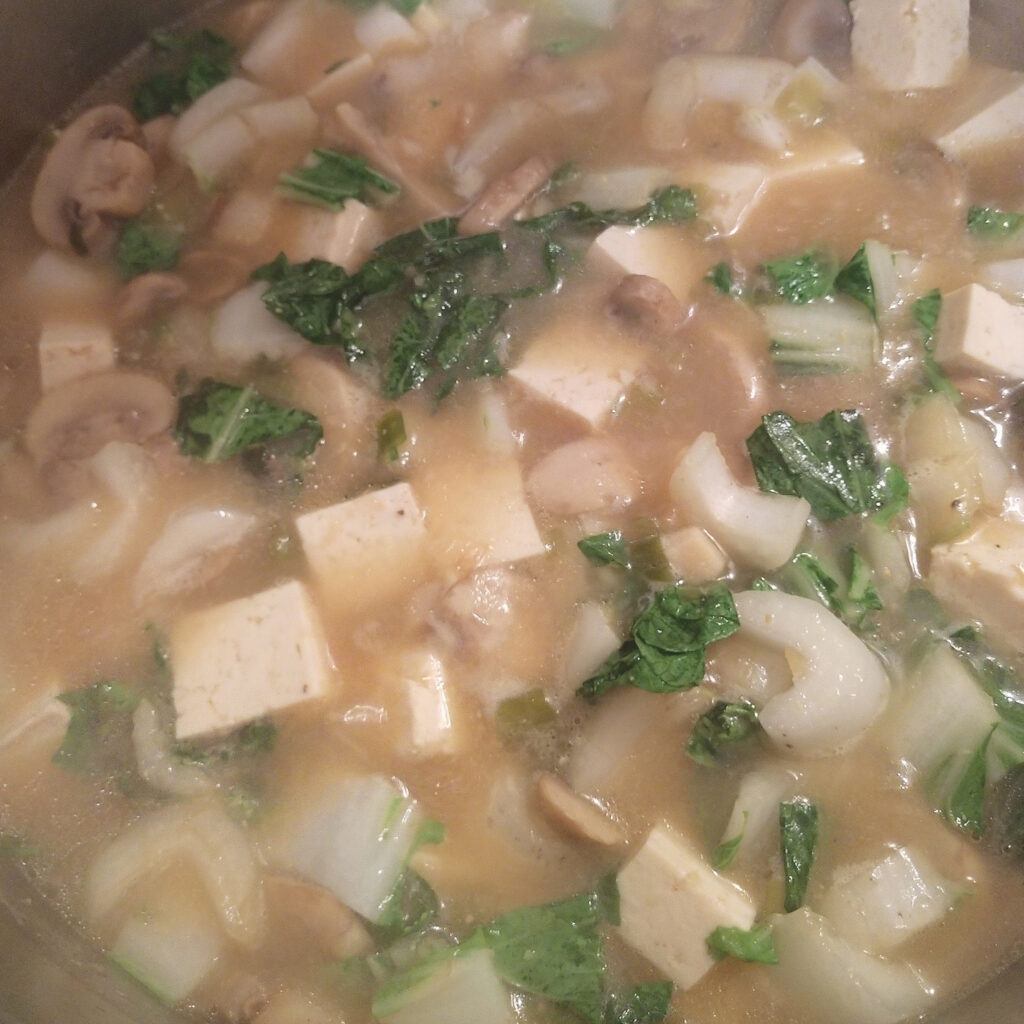
Sauté sliced onions in oil until fragrant; add garlic, then mushrooms. Transfer to Crockpot, set to low. Do this in the morning. Drain and press extra-firm tofu while onion, garlic, and mushrooms sauté. Then chop tofu, and add to Crockpot. Add hot water, then vegetable stock and miso paste. Stir together. Chop bok choy; then add. Cover and cook while working. Finish with sliced scallions and a dash of red pepper flakes.
The smell of the soup permeates my home, office, and day. It’s something to look forward to, something warm to console me, if I’ve had a particularly trying day. It has a good balance of carbs and protein and, with the added oil, healthy fats. Sometimes I use coconut oil; sometimes I add udon or rice noodles, or whatever veggies I have on hand. The miso base is flexible and forgiving, how I like my spirit to be.
I have not, however, found it to be enough on days when I exercise particularly hard or when the deep days of winter have set in. On those days, I want and need meat and greens to support muscle and soul repair. On those dark, winter days, I’ll add the following to my crock with a prayer:
Sausage Kale Sweet Potato Stew
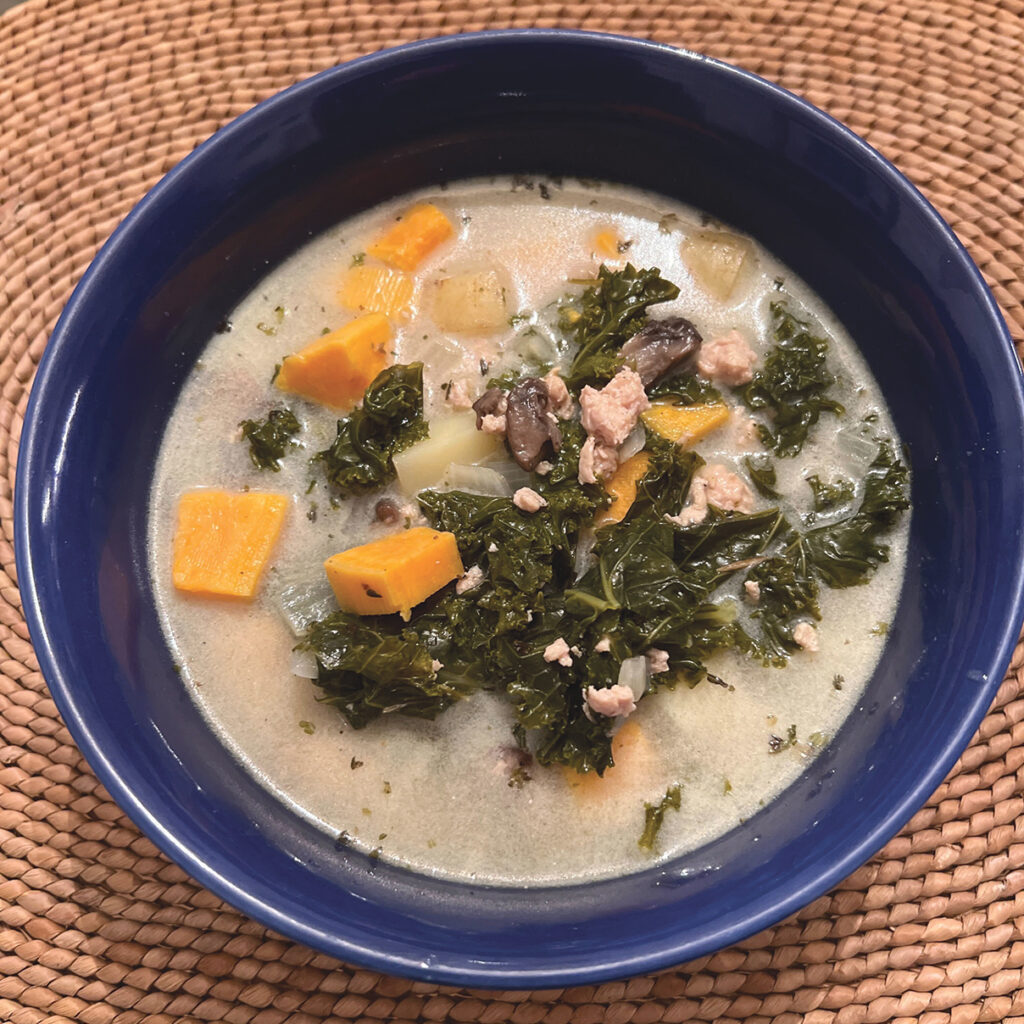
Layer sweet potato then sausage at the bottom of the crock; add sliced or chopped veggies, if using. Pour hot water over; stir in vegetable stock, plus sherry and olive oil. Season with salt and pepper. Add torn kale to the top, and cover. Cook on low for several hours. Eat with crusty, toasted bread or tortilla chips.
My prayers vary, but when I’m cooking with meat, they often include a moment of mindfulness and acceptance for what eating meat may or may not mean for my family, the environment, the Religious Society of Friends as a whole. I attend multiple Quaker events, worship services, and potlucks with several different groups of Quakers each year. I am always grateful for the variety and seasonality of the food we share, whether it be vegan, vegetarian, homegrown, or store bought. The choices we make matter, and the balance between what I am asked or told to do and what Spirit tells me is right for my body sometimes differs. I find practicing intentionality and mindfulness is a good way to work through this. When I’m layering my Crockpot, I acknowledge the privilege of having a warm meal in the cold months and often add a plea for more (sun) Light in my life. Many prayers for many layers.
I’ve learned that for me, a key component to slow cooking my own spirit food is time and ample rest. In my Quaker youth, rest and respite included lying in hamster piles with other teenagers, resting our heads on each other’s stomachs, laughing, holding hands, reading aloud, and talking for hours. As an adult, I’ve had to adapt that into other forms of solo and communal rest, which, for me, includes writing poetry, Quaker worship, meditation, ceramics, and reading. Taking the time to slow down and honor a need for rest primarily, for me, takes the form of slow cooking spirit food, and based on what is soul sustaining, I’ve compiled a quick spirit food recipe that I carry with me:
Cook what makes you feel good.
Many prayers for many layers.
Acknowledge your privilege.
Plant a victory garden.
Share your recipe and bounty.
Nap. Rest. Repeat.


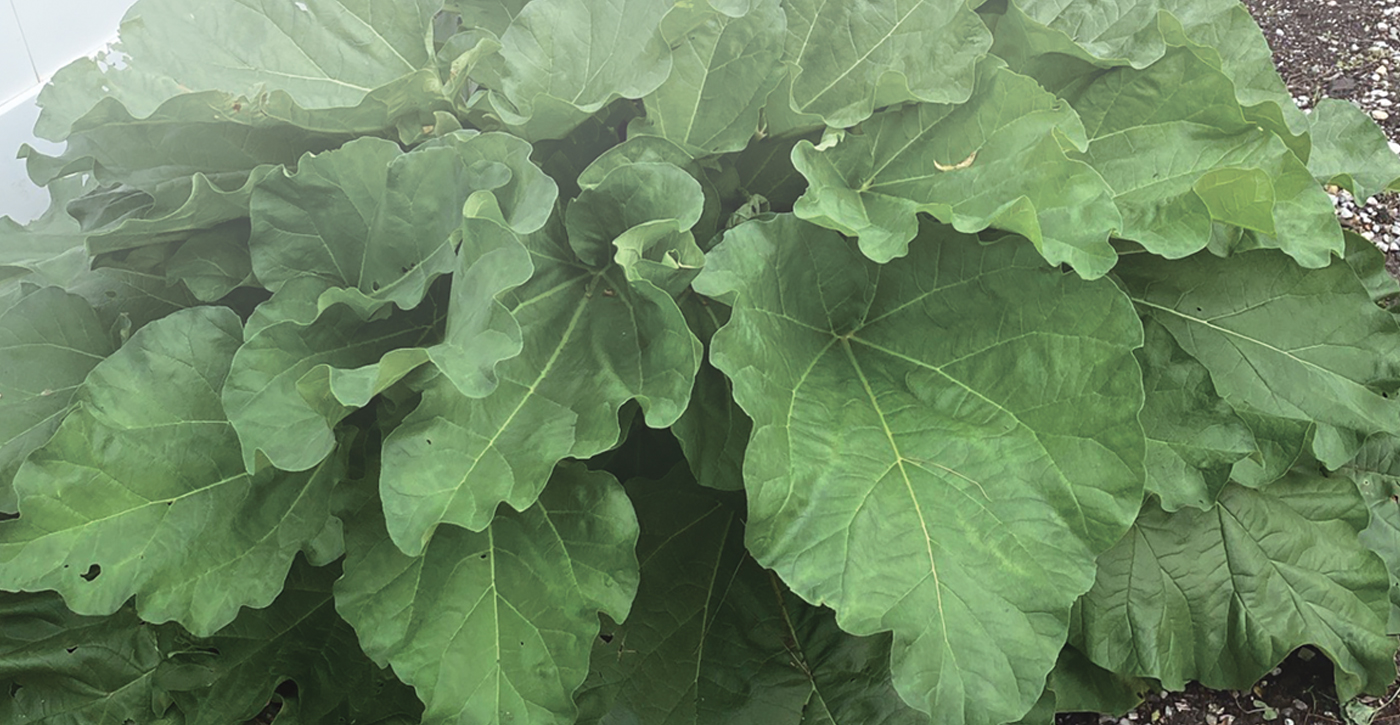
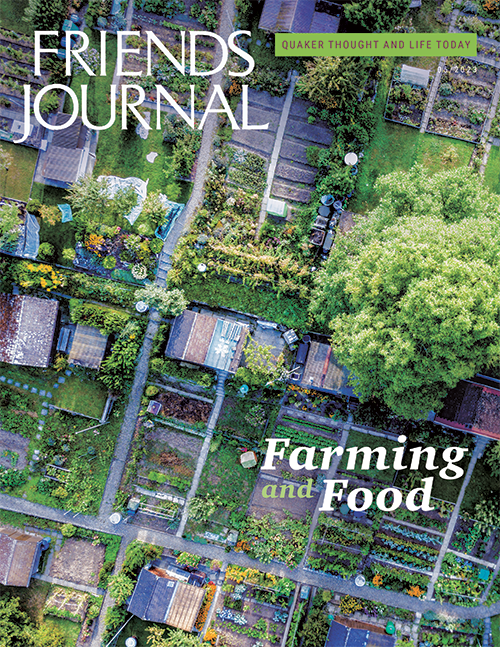

These recipes look good. Are there any versions of them *with quantities given* for those of us who are less advanced cooks?
Thank you, Elise! The recipes are modeled after the recipes in “A Quaker Woman’s Cookbook” which don’t have quantities. And I like to experiment. But all the recipes are easily searchable online, so I recommend picking the one you like best and going for it! Then you can adjust the ingredients to your taste and cook them in the way that suits you best. Maybe using a crockpot, maybe on the stove, maybe another way. Listen to your soul and your body and let us know how it goes!